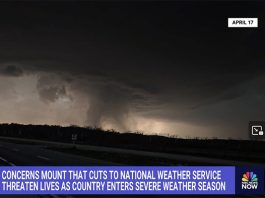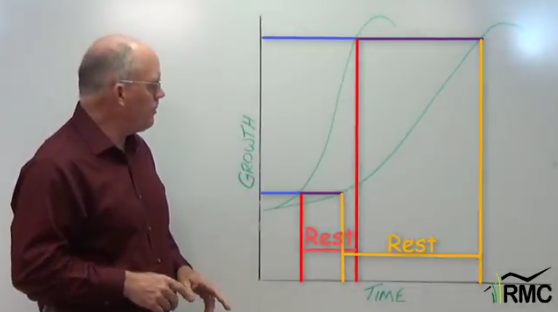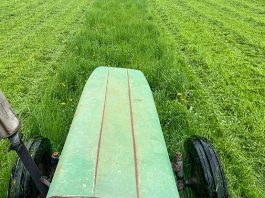 Hay feeding still ranks as one of the top costs of being in the cow-calf business in the U.S. The good news is we do see more and more livestock producers ‘Kicking the Hay Habit’ with each passing year. There is much more to kicking the habit than just deciding one day that you’re not going to feed any more hay. It usually takes several management changes to get there.
Hay feeding still ranks as one of the top costs of being in the cow-calf business in the U.S. The good news is we do see more and more livestock producers ‘Kicking the Hay Habit’ with each passing year. There is much more to kicking the habit than just deciding one day that you’re not going to feed any more hay. It usually takes several management changes to get there.
Here are what I am seeing as the top five moves for getting out of the hay feeding rut.
1. Have a plan for year-around grazing.
This doesn’t mean just hoping you have some grass left over in the fall to use during winter. It means making a critical evaluation of all of your forage resources and mapping out when they can be used most optimally. Develop a calendar of when your stock are going to have their highest and lowest demands. As an industry we have given a lot of lip service to matching forage and animal resources, but the majority of ranchers still do a pretty poor job of implementing a sound plan.
2. Change your calving season to a less demanding time of year.
It is much easier to graze a dry, pregnant cow through the winter than a lactating mama. For many of today’s moderate to high milk producing beef cows, daily forage demand at peak lactation is 50-80% higher than when she is at dry, pregnant maintenance. Late spring or early summer calving seasons work well in a lot of ranch country once you change your mind about a few things. I’ve met very few ranchers who switched to later calving who ever went back to winter calving.
3. Make sure your cattle match your environment and climatic conditions.
You really want your cattle to survive and thrive on the native resources of your ranch. The more petroleum and iron you put between the sun’s solar energy and your cow’s belly, the less profitable you are likely to be. Cattle should be able to earn their own living. You shouldn’t have to earn it for them. Consider every head of cattle on your place to be a ranch employee. Your primary job as manager is to create a working environment for your employees to do their job.
4. Manage all of your pasture and rangeland more intensively.
 This does not mean graze it more intensively, this means manage it more intensively. If you do, you will get more forage production and greater carrying capacity from your land. Simply rationing out what you are already growing is one of the easiest places to pick up more grazing days from every acre. One of the strongest arguments I can make for Management-intensive Grazing (MiG) in the summertime is to create more winter pasture opportunities.
This does not mean graze it more intensively, this means manage it more intensively. If you do, you will get more forage production and greater carrying capacity from your land. Simply rationing out what you are already growing is one of the easiest places to pick up more grazing days from every acre. One of the strongest arguments I can make for Management-intensive Grazing (MiG) in the summertime is to create more winter pasture opportunities.
5. Change range use from summer grazing to winter grazing.
In most environments with degraded rangeland, switching to predominantly winter use is a great strategy for improving range condition. Many public lands offices are very willing to work with ranchers on this kind of positive change. We do see some agency offices and employees who drag their feet on making any kind of change, but most are willing to work with you if you have a grazing plan that will help them meet their conservation goals.
 You may not need to make all these changes in your operation. It depends on where you are right now and where you want to end up being. While some operations go cold turkey and try to make the entire shift in a single year, it may be easier to make the transition over 3 or 4 years. You will take some learning and adjustments to get comfortable with the new approach. Your livestock will also need to adapt to the new management regime.
You may not need to make all these changes in your operation. It depends on where you are right now and where you want to end up being. While some operations go cold turkey and try to make the entire shift in a single year, it may be easier to make the transition over 3 or 4 years. You will take some learning and adjustments to get comfortable with the new approach. Your livestock will also need to adapt to the new management regime.
Most beef herds in the US and Canada are made up of cows that are too big and have too much milking ability to live within the resource capability of the land base. Winter grazing is a lot easier with the proper type of cow on your place. Making the switch in calving season might be as easy as just holding the bulls out for a couple extra months. Changing cow type to a more moderate framed and lower milk producing animal will take quite a bit longer.
The key point is to have a plan for making the transition with a clear target of where you want to go.





